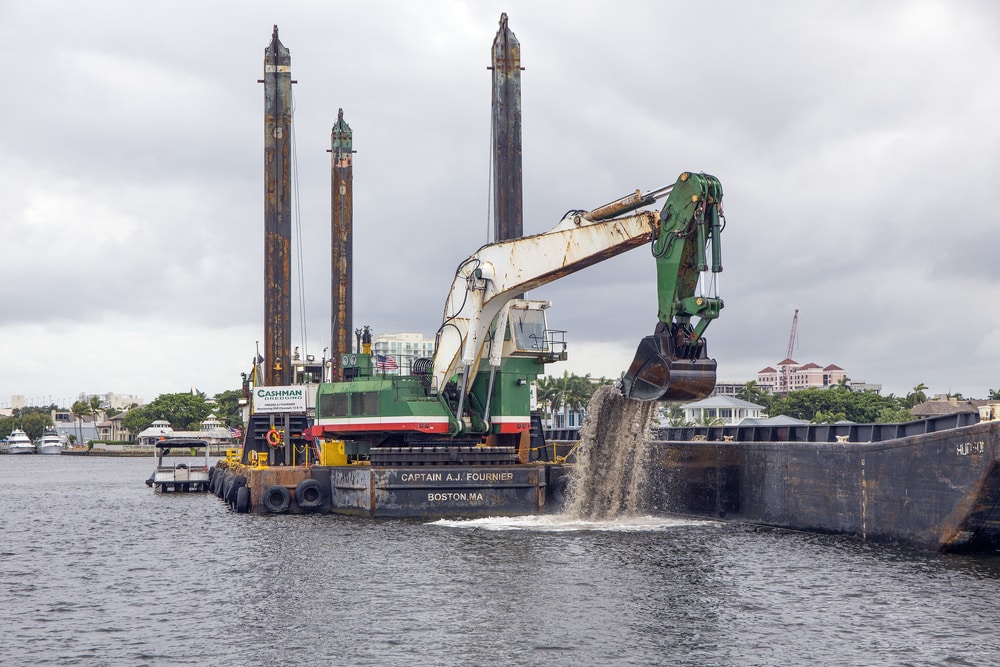Dredging equipment plays a crucial role in maintaining waterways, improving navigation, and ensuring the proper functioning of ports and harbors. However, traditional dredging practices often raise concerns regarding their environmental impact. In recent years, the focus has shifted towards sustainable dredging equipment solutions that balance the need for dredging operations with environmental preservation. This article explores the innovative approaches and technologies employed to address environmental challenges, promoting a more sustainable future for dredging operations.
The Environmental Impact of Traditional Dredging Methods:
Traditional dredging practices, while effectively removing sediment and maintaining water depths, can negatively affect the environment. Disruptions to aquatic ecosystems, habitat destruction, and the release of sediment plumes are among the concerns associated with conventional dredging methods. Recognizing these challenges, the dredging industry has embraced sustainable solutions to mitigate environmental impacts.
Sediment Management and Reuse:
One of the key aspects of these sustainable excavation machinery is the effective management and reuse of dredged sediments. Rather than disposing of dredged materials at sea or in landfills, innovative approaches aim to treat, process, and repurpose the sediments. Sediment dewatering techniques, such as geotextile tubes or centrifuges, are employed to separate water from the sediments, allowing for their beneficial use. For instance, sediment can be used for land reclamation projects, beach nourishment, or habitat creation, reducing the need for additional extraction and minimizing waste generation.
Dredging Machine Design and Efficiency:
Advancements in dredging machine design have contributed to minimizing the environmental impact of dredging operations. Manufacturers are focusing on developing more efficient and eco-friendly dredgers. These modern designs often incorporate reduced emissions, noise reduction technologies, and enhanced fuel efficiency. By employing these innovations, the ecological footprint of dredging activities can be significantly reduced. Additionally, the use of precision equipment helps minimize over-dredging and ensures targeted removal of sediment, minimizing the impact on surrounding habitats.
Implementing Best Management Practices:
To ensure sustainable dredging practices, industry stakeholders are increasingly adopting best management practices (BMPs). BMPs encompass a range of strategies to minimize environmental impacts and promote responsible dredging operations. These practices include measures such as sediment containment systems, turbidity curtains, and silt curtains to control sediment dispersion, as well as proper waste management and spill prevention protocols. Regular maintenance and inspection of equipment are also crucial to prevent leaks, spills, and accidental releases.
Environmental Monitoring and Impact Assessment:
Effective environmental monitoring and impact assessment play a vital role in sustainable dredging practices. Dredging operators can proactively identify and mitigate any adverse effects by closely monitoring water quality, sediment dispersion, and impacts on marine life. This data-driven approach helps in fine-tuning dredging operations and ensuring compliance with environmental regulations, ultimately minimizing the ecological impact. Regular monitoring of noise levels, air emissions, and sediment plumes helps ensure that dredging activities remain within acceptable environmental limits.
Innovative Technologies in Dredging Machines:
In recent years, technological advancements have revolutionized the dredging industry, offering greener alternatives for dredging operations. One such innovation is using environmentally friendly excavation machinery, such as electric and hybrid dredgers. These machines reduce emissions and noise pollution, providing a more sustainable solution without compromising performance. Additionally, integrating automation and remote sensing technologies allows for real-time monitoring and optimization of dredging processes, further minimizing environmental impact.
As the demand for dredging continues to grow, it is imperative to navigate environmental challenges by adopting sustainable dredging equipment solutions. The dredging industry can minimize its ecological footprint through effective sediment management and reuse, efficient equipment design, implementation of best management practices, environmental monitoring, and the utilization of innovative technologies. By promoting collaboration and knowledge sharing, we can work towards a more sustainable future for our waterways, ensuring the preservation of aquatic ecosystems and the responsible use of equipment.

